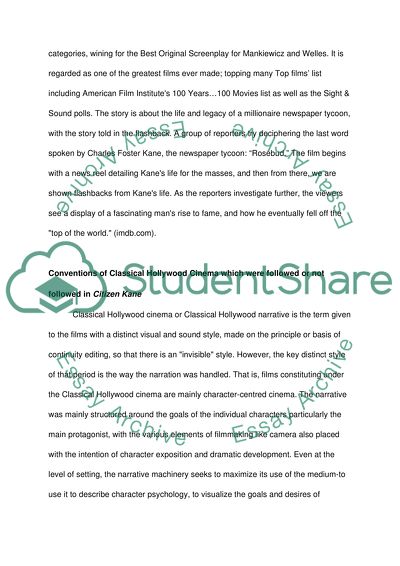Cite this document
(Classic Hollywood Cinema: Citizen Kane Term Paper, n.d.)
Classic Hollywood Cinema: Citizen Kane Term Paper. Retrieved from https://studentshare.org/visual-arts-film-studies/1561314-classic-hollywood-cinema
Classic Hollywood Cinema: Citizen Kane Term Paper. Retrieved from https://studentshare.org/visual-arts-film-studies/1561314-classic-hollywood-cinema
(Classic Hollywood Cinema: Citizen Kane Term Paper)
Classic Hollywood Cinema: Citizen Kane Term Paper. https://studentshare.org/visual-arts-film-studies/1561314-classic-hollywood-cinema.
Classic Hollywood Cinema: Citizen Kane Term Paper. https://studentshare.org/visual-arts-film-studies/1561314-classic-hollywood-cinema.
“Classic Hollywood Cinema: Citizen Kane Term Paper”, n.d. https://studentshare.org/visual-arts-film-studies/1561314-classic-hollywood-cinema.


